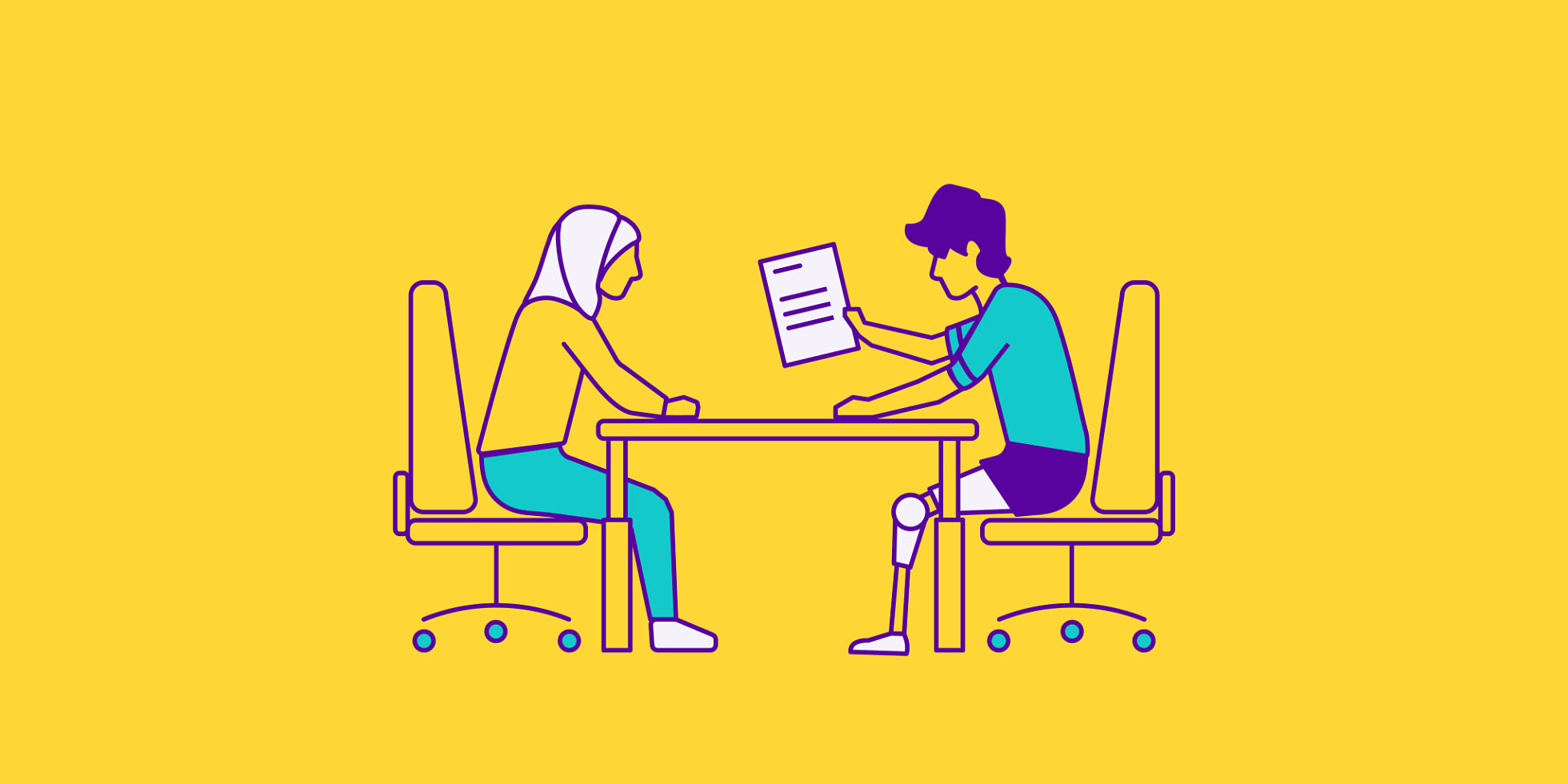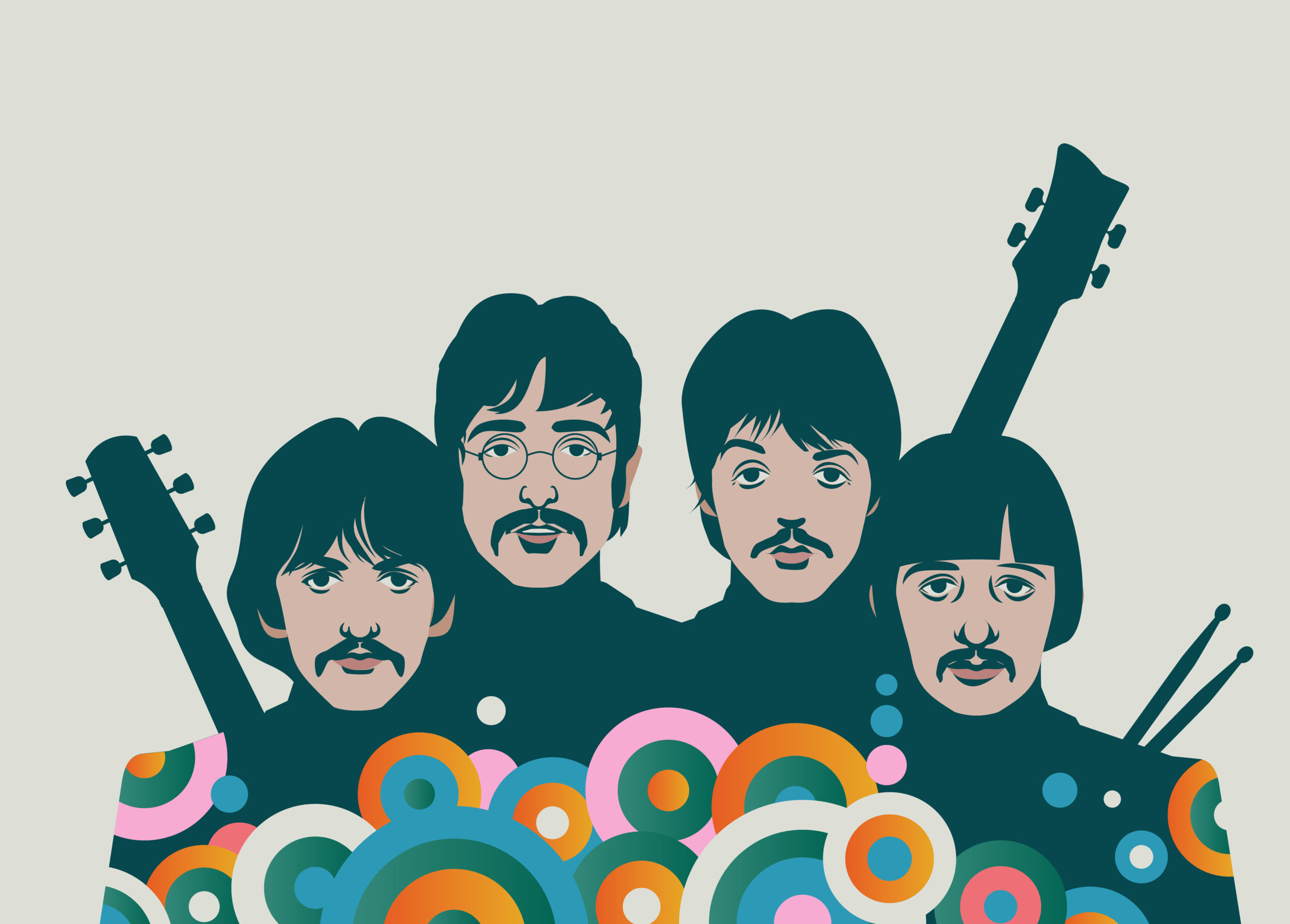Raising standards with alternative formats

Good design and communication are about engaging as much of your audience as possible. Scope’s Designer David Hibberd shares some guidance on the alternative formats to consider so that all audiences are able to digest your messages.
Good design and communication are about engaging as much of your audience as possible, which makes alternative formats an important factor to consider in your design process. The bigger your reach the more likely that some people will need an alternative version to digest your message. One in five people in the UK are disabled, and sight loss is one of the most common impairments. Therefore, the need for alternative formats may be bigger than you realise.
It is advised to have a plan in place to anticipate general accessible alternative format enquiries and specific needs. With general enquiries, having your content on a website that adheres to the AA or AAA web standards, producing a large-print version of printed materials and captioning videos will give your audience access to most of the alternative formats they require.
On occasion, specific requests may be made for a variety of alternative formats, depending on a person’s impairment and the barriers they face. It won’t always be economical to produce your materials in specific alternative formats every time, but being aware of what you may be asked for will help you have a response in place before a request is made:
Large print
Large print documents are printed materials for people with visual impairments. Text size is generally 18pt or larger, but this size is often guided by the individual.
Easy read
Easy read is a method of presenting written materials for people with learning disabilities to make it easier for them to understand. It’s easiest to think of it as a translation into a bite-size, simplified version with illustrations.

Language
Whether it’s a regional language like Welsh or widely spoken languages from other parts of the world like Polish and Urdu, translating your messages into another language is a way in which your audience can digest your messages.
Video
There are several alternative formats that will make your videos accessible to a wider audience.
Captions (or subtitles) open up your videos to deaf audiences and those with hearing impairments.
Audio descriptions mean visually impaired viewers don’t miss anything important.
British Sign Language (BSL) versions will let your deaf customers and audiences get the most out of your messages.
Transcribing your video gives viewers who struggle with moving images a version they can access.
Braille and audio
Braille formats take time to produce so bear this in mind when communicating with Braille users. Braille can be quite expensive so look for opportunities when making large capital expenditure, for example producing signage. Not only does this reduce the cost impact by rolling it into a larger project, but also uses it in a project with a long shelf life
Audio formats can also take time to produce but are a fantastic medium for people with visual impairments who don’t read Braille.
Alternative paper colours
Glare can also be reduced by paper colour – for instance, by selecting a warm white over a bright white.
Alternative formats by their nature will only reach a small percentage of your audience, but it might be the only way you can reach key influencers with a sensory impairment. Can you afford to ignore them?
It won’t be necessary to produce all material in all the formats listed above, but you can future-proof any requests by allocating a contingency budget in case one comes through. Have suppliers in place so that you are aware of costs and production times.
Getting alternative formats right is about a bit of anticipation, planning and making sure that as many people as possible get to see, hear and take in the messages you’re producing. And, who doesn’t want that?
Scope’s new visual identity, developed by The Team in collaboration with Scope, uses accessible design to inspire a movement – to end disability inequality and achieve everyday equality for every disabled person. Take a peek at this new game-changing brand.
Download our inclusive design poster – designing with accessibility in mind




